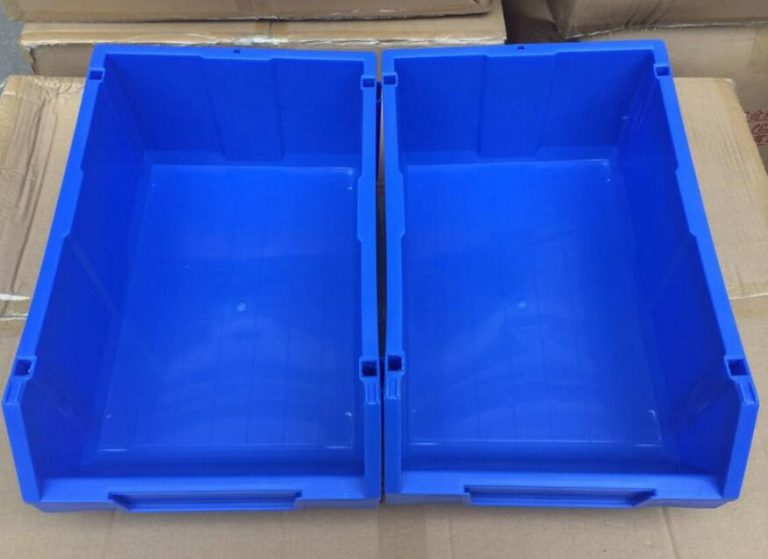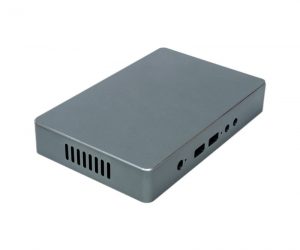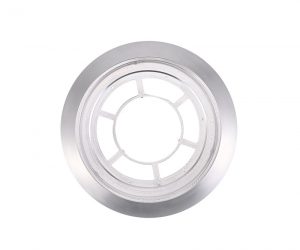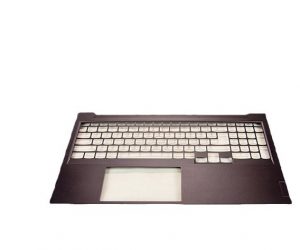Nano-mirror machining using CNC milling requires high-end equipment combined with specifically prepared tooling and precision control of the machining process. Besides the intrinsic limitations of CNC milling to achieve true nano-level accuracy, several techniques and considerations give great results that approach nano-mirror quality surfaces:
- High Precision CNC Machine: Use a high-quality CNC milling machine with superior rigidity, stability, and high precision linear motion components. The machine should have a low level of thermal expansion to minimize dimensional changes during the machining process.
- Ultra-Precision Spindles: Utilize ultra-precision spindles capable of high rotational speeds and low run-out, ensuring smooth and precise machining.
- High Precision Tooling: Select cutting tools with high geometrical accuracy and sharp cutting edges. Diamond or cubic boron nitride (CBN) tools are often used for ultra-precision machining.
- Minimal Tool Runout: Ensure that the tool runout is minimal to avoid vibration and chatter during machining, which could negatively affect surface finish.
- Control System: Implement advanced control systems with sub-micron resolution to accurately program and control the CNC milling process.
- Adaptive Control: Use adaptive control systems that can adjust cutting parameters in real-time based on feedback from sensors to compensate for any deviations during the machining process.
- Cutting Parameters: Optimize cutting parameters, including feed rates, cutting speeds, and depth of cut, to minimize tool wear and achieve the desired surface finish.
- Vibration Damping: Incorporate vibration damping techniques and mechanisms to reduce the impact of vibrations on the machined surface.
- Tool Path Strategies: Utilize specialized tool path strategies, such as spiral milling or trochoidal milling, to achieve smoother finishes and reduce tool marks.
- Workpiece Material: Choose materials with excellent machinability and low levels of internal stress, as these factors can affect the final surface quality.
- Final Polishing: Consider using additional post-machining processes, such as diamond polishing or chemical mechanical polishing (CMP), to further enhance the surface finish.
Achieving true nanoscale mirror processing is an extremely challenging task in the current manufacturing world. This is mainly because traditional computer numerical control milling (CNC milling) has some limitations in the accuracy of machines and tools. These limitations mean that in applications requiring sub-nanometer surface finishes, specialized processing methods such as single-point diamond turning or advanced optical polishing techniques are often required.
Traditional CNC milling relies on computers to actuate machine tools that result in very accurate workpiece processing. However, their mechanical structure and conventional cutting tools limit the capability of traditional CNC machines, resulting in certain limitations to nanometer-level precision. This means if a sub-nanometer mirror finish is required, traditional CNC milling falls short of meeting such demands.
To overcome it, some people try to find some special process methods. One is single-point diamond turning. During the process, the diamond tool was used to cut on the surface of the workpiece. Because the diamond has super high hardness and wear resistance, very fine processing can be done. By controlling the position of the tool and cutting parameters, subnanometer precision can be achieved to achieve the desired mirror finish.
Advanced optical polishing technology is another commonly adopted technique. Optical polishing is a method whereby high-precision processing on the work surface is conducted based on the principle of optics. In this process, by its irradiation with energy beams of very high energies such as lasers and electron beams, the minute irregularity on the surface can be removed to a sub-nanometer level finish. This provides such flexibility and controllability that it might be adjusted and optimized according to specific needs.
On top of the above two approaches, it should be added that there are other technologies targeted for the nanoscale processing of mirrors, including ion beam etching and chemical mechanical polishing, among others. Each of these has its unique advantages and applicability in various application scenarios.
In a word, the true nanoscale processing of mirrors is a very challenging task; there exist some limitations in the precision of traditional computer numerical control milling. Specialized processing methods such as single-point diamond turning or advanced optical polishing technology are usually required in applications that need sub-nanometer surface finish. These can realize very fine processing, adopting different principles and technical means to meet the demands of specific applications.
Mirror machining system is used to reshape the rotating tool. Mirror machining can be realized by using the reshaped tool for machining. Muye iQ series machine tools are equipped with this system to process with ultra-high precision and ultra-high surface quality. Its finish machined surface roughness can reach Ra10nm, which greatly reduces the polishing time and avoids the distortion of optical surface caused by manual polishing in traditional processing technology. It is very suitable for optical mold processing in 3C and lamp industries.
- The mirror processing system realizes the tool shaping effect
- 1) Improve the accuracy of tool radial runout
Because of the runout accuracy of the tool shank and the error that is considered to be generated when installing the tool, there is a certain runout of the tool in the traditional machining. The dressing of the mirror machining system can improve the tool runout problem after actual clamping caused by the tool shank accuracy and tool accuracy.
2) Improve the shape accuracy of tools
For tools with poor tool trueness, especially those worn after machining for a period of time, mirror machining system can improve tool trueness.
3) Improve tool surface roughness
For the tool with poor surface roughness, the reshaping function can improve its surface roughness. - Composition of mirror processing system
- The mirror processing system consists of functional program, tool shaping device, calibration grinding wheel, GC reference grinding wheel, tool shaping device lubricator, high-precision workpiece automatic measuring device, and tool shape measuring device.
1) Function program: NC program to realize the coordination of tools, tool shaping devices, automatic workpiece measuring devices and tool shape measuring devices
2) Cutter shaping device: calibrating device, grinding and dressing the cutter
3) Calibrate the grinding wheel: use the dressing tool
4) GC reference grinding wheel: dressing calibration grinding wheel
5) Tool shaping device lubricator: lubricating when dressing grinding wheel and tool
6) High precision workpiece automatic measuring device: used to detect the diameter and runout of grinding wheel
7) Tool shape automatic measuring device: used to measure GC reference grinding wheel and tool - Features of mirror processing system
- The mirror machining system can improve the tool runout, true sphericity and surface roughness, and improve the surface quality of tool machining. The dressing function of the tool can realize the multiple use of the tool and greatly reduce the use cost of the tool. With Muye iQ series machine tools, high quality mirror processing can be achieved and polishing time can be reduced.



